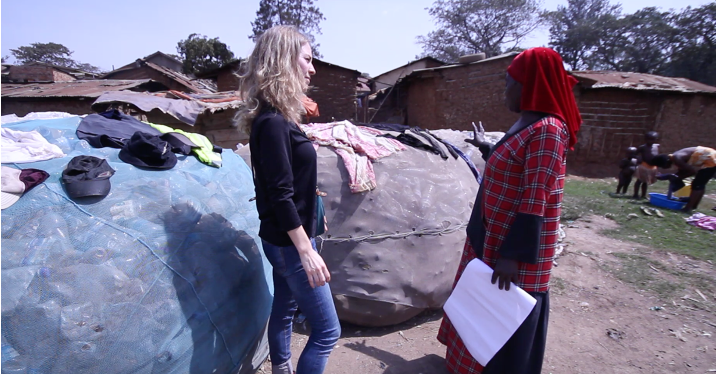Transect walks and guided tours are excellent ways to get to know the research area as you literally walk through it together with a local. You can see it as a ‘walking interview’. Transects and guided tours are basically the same thing, the only difference is that transects are more systemic and structured (and often done more than once with different people) and tours are more informal and led by a local (so you are less in control).
Madelon, founder of SevenSenses about a few of her Transect Walks:
“In the Guatemalan village I did a guided tour as I did not know the area, led by a community leader and another day by a farmer. In the Bolivian village I did transects in the villagers’ kitchen gardens, so I visited more than one person who guided me through their garden as I made notes on what they cultivated and how they did that. The big advantage here is that you have the opportunity to immediately ask questions about what you see. Many times these are things that you would not have found out from a village map or an interview, as locals may take things for granted that to you are extraordinary and/or very relevant for your research. Another added bonus is that people see you walk through the streets, which gives you more opportunities to shake hands, introduce yourself and have some informal talks.”
Guided tours and transect walks are often combined with home visits; this is something you can discuss with the person walking next to you. It is important that that person is highly respected and trusted by the community. You don’t always have control over this, but try to use your senses for this as much as you can. If you have done the Village Map method before, you can also ask the drawer to show you the village based on the map. Don’t forget to make notes!
On the SevenSenses YouTube channel there is a video lecture about Transect Walks and guided tours.

